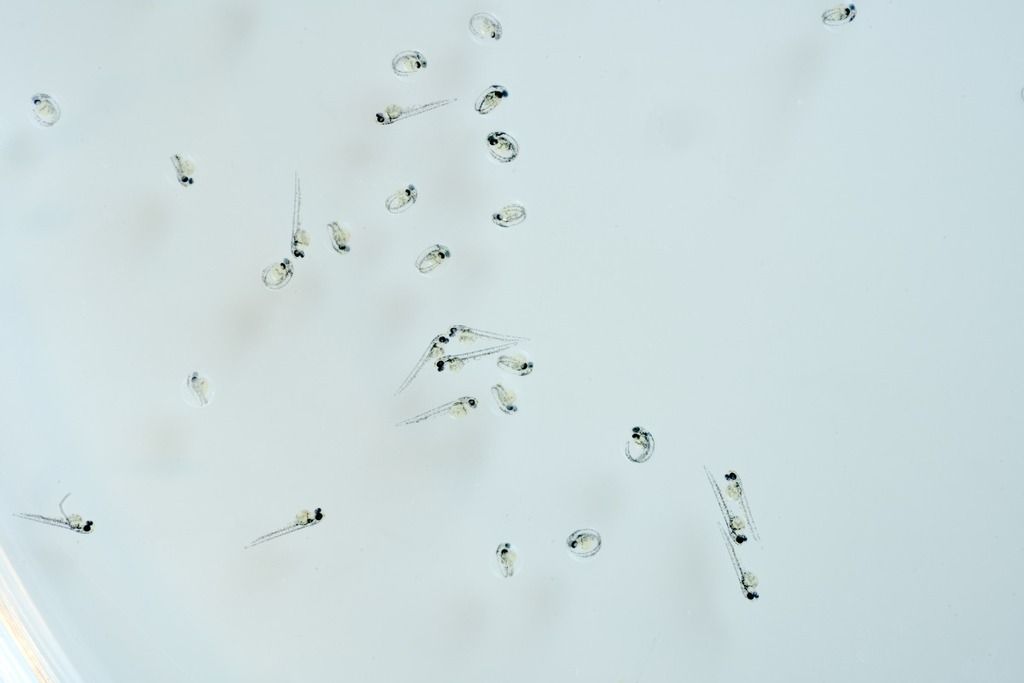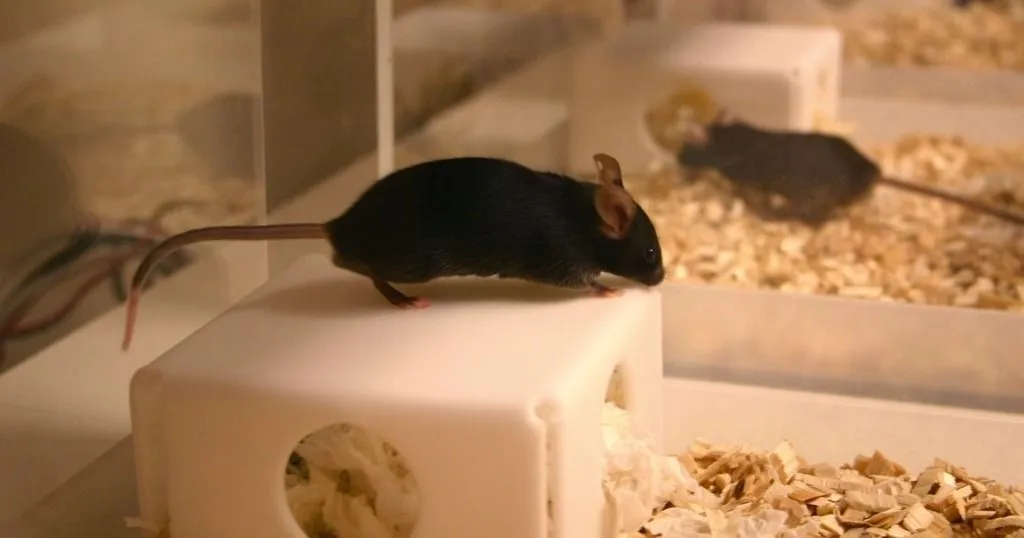Does well plate size matter? A methodological study in zebrafish
The DanioVision observation chamber is a versatile research tool to study Zebrafish embryos and larvae by using well plates. Does the size of the wells in these plates affect study outcomes?
Posted by
Published on
Thu 03 Nov. 2022
Topics
| DanioVision | Fish | Shoaling Behavior | Zebrafish |

The DanioVision observation chamber is a versatile research tool to study zebrafish, Danio Rerio, embryos and larvae by using well plates that fit in the device. Well plates can vary from 6 wells all up to 384 wells. The standard well plates used in zebrafish studies have 24, 48 or 96 wells.
Does well plate size matter? A methodological study with DanioVision
Wolter and Svoboda described in a Neuroscience Methods paper how they used DanioVision to investigate if circadian rhythms, based on locomotion, change depending on which well plate size was used [1].
For obvious reasons: more wells in a plate means less space (to move in). Increasing the number of wells you use for your study increases throughput of your study, but you might be at risk of decreasing the robustness of your outcomes.
What are the advantages using multi well plates?
The main advantage of using a multi well plate is the ability to track and analyze many (zebra)fish embryos and larvae simultaneously for behavior and nervous system function(s). For example, the zebrafish visual-motor assay probes the nervous system by using locomotion as a main readout.
Zebrafish larvae increase their locomotion when triggered by environmental changes such as a light to dark switch. This specific phenomenom was initially studied in a 96 well plate as described by Emran et al in 2008 [2].
Can a variation in plate sizes cause behavioral differences?
Wolter and Svoboda raise the point in their paper that many groups investigate behavior in zebrafish, to look at nervous system development and function, but that there is a large variation in the well plates that are being used: some perform these behavioral assays in 96 well plates, while other perform them in 24 well plates. How does this size difference affect (circadian) behavior during the developmental stages of zebrafish?
Although the lab Wolter and Svoboda was already committed to using 24 well plates, they sought to investigate this issue, since they were concerned they unintentionally biased their experiment. Zebrafish larvae exhibit higher amounts of locomotion as their surrounding area increases, would this directly affect circadian rhythmicity/locomotion?
Long term experiments are at risk in smaller wells
Between 5-23 dpf circadian rhythmicity (by locomotion) was tracked and analyzed in zebrafish in 24, 48 and 96 well plates using EthoVision XT. They found that particularly longer term experiments in 48 and 96 well plates invoke larger amount of stress in the zebrafish larvae due to space constraints. This in turn could impact nervous system function and/or behavior.
They also concluded that the typical high throughput method in 96 well plates may increase individual variability of circadian rhythms due to the decrease well diameter (less space to move in).
For short term experiments, these constrains found by using 96 well plates, have yet to be confirmed.
A 24 well plate is recommended in long term zebrafish embryo and larvae studies
Ultimately Wolter and Svoboda give a clear recommendation: long term zebrafish behavioral experiments should not be performed in 48 or 96 well plates due to variability in circadian rhythmicity (measure by locomotion behavior). Using a 24 well plate shifts these studies from high-throughput to medium-throughput, but is a necessary concession to in order to increase standardization.

References- Wolter, Matthew E.; Svoboda, Kurt R. (2020). Doing the locomotion: Insights and potential pitfalls associated with using locomotor activity as a readout of the circadian rhythm in larval zebrafish. J. Neurosci. Methods, 330, 108465
- Emran, Farida; Rihel, Jason; Dowling, John E. (2008). A Behavioral Assay to Measure Responsiveness of Zebrafish to Changes in Light Intensities. J. Vis. Exp.(20), 923
Related Posts

Determining the best housing strategy for mice

Why you shouldn’t use a black box to measure animal behavior


